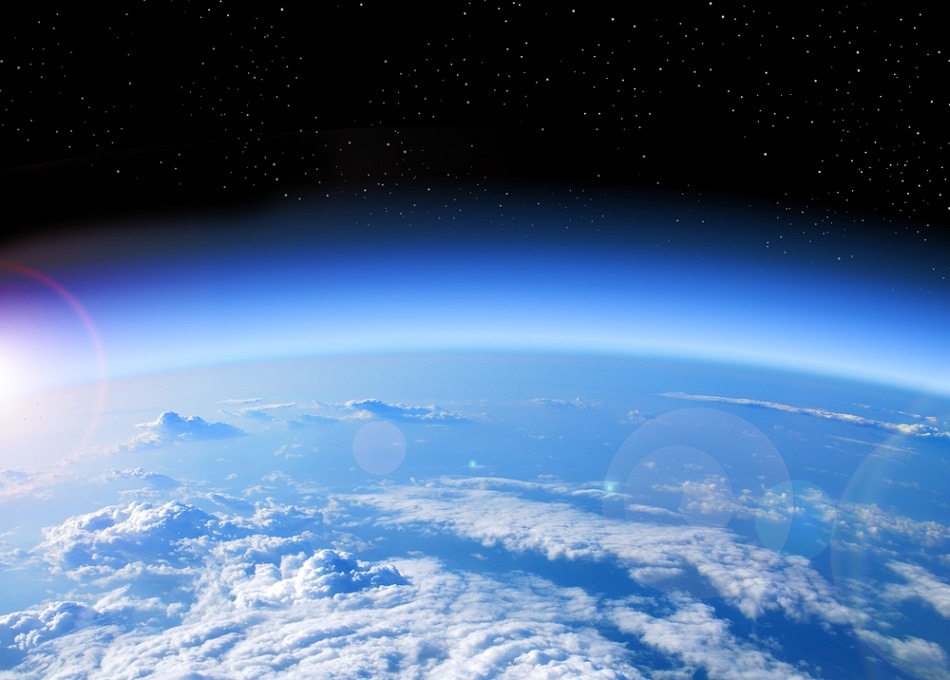Nov 19 2019
A majority of individuals know nitrous oxide (N2O) as “laughing gas,” which is utilized for its anesthetic effects. But what is not known is that N2O is, in fact, the third most significant long-lasting greenhouse gas, after carbon dioxide (CO2) gas and methane.

Image Credit: studio23/Shutterstock.com
N2O is also one of the major substances that deplete the stratospheric ozone—and, according to a new research recently reported in Nature Climate Change, humans are releasing more amounts of this gas into the atmosphere than previously believed.
We see that the N2O emissions have increased considerably during the past two decades, but especially from 2009 onwards. Our estimates show that the emission of N2O has increased faster over the last decade than estimated by the Intergovernmental Panel on Climate Change (IPCC) emission factor approach.
Rona L. Thompson, Lead Scientist, NILU–Norwegian Institute for Air Research
Increasing Use of Nitrogen Fertilizers is Leading to Higher N2O Levels in the Atmosphere
In the latest research, Thompson and other researchers, including Eric Davidson from the University of Maryland Center for Environmental Science, discovered that since the mid-20th century, atmospheric N2O has increased steadily. This increase is strongly associated with the rise in nitrogen substrates that are discharged into the environment.
Since the middle of the 20th century, nitrogen substrates have become extremely abundant in the environment because of the combustion of biofuels and fossil, extensive cultivation of nitrogen-fixing crops (such as peanuts, lupins, alfalfa, soybeans, and clover), and the production of nitrogen fertilizers.
The increased nitrogen availability has made it possible to produce a lot more food. The downside is of course the environmental problems associated with it, such as rising N2O levels in the atmosphere.
Rona L. Thompson, Lead Scientist, NILU–Norwegian Institute for Air Research
Rate of Increase has been Underestimated
The authors of the study discovered that globally, N2O emissions have increased to about 10% of the global total between 2000 and 2005 and between 2010 and 2015. This figure is approximately double the amount reported to the United Nations Framework Convention on Climate Change, based on the default emission factor stipulated by the IPCC and the amount of manure and nitrogen fertilizer used.
According to the scientists, this difference is due to the rise in the emission factor (in other words, the amount of N2O discharged into the environment in relation to the amount of N-fertilizer utilized) linked with a growing surplus of nitrogen.
This indicates that the IPCC approach, which assumes a continuous emission factor, can underestimate the emissions when the nitrogen surplus and the rate of nitrogen input are high.
From Scientific Methods to Practical Measures
This new publication demonstrates both how we can solve a problem of growing greenhouse gas emissions and how current efforts are falling short in some regions of the world. These emissions come primarily from using fertilizers to grow food and increasing livestock herds, but we've learned how to produce more food with less nitrous oxide emission.
Eric Davidson, Study Co-Author, University of Maryland Center for Environmental Science
“In Europe and North America, we have succeeded in decreasing growth in nitrous oxide emissions, an important contributor to climate change and stratospheric ozone depletion,” he added. “Unfortunately, the same can't be said for Asia and South America, where fertilizer use, intensification of livestock production, and the resulting nitrous oxide emissions are growing rapidly.
“The good news is that this problem can be solved, but the less good news is that it will take a global effort, and we are far from there yet,” concluded Davidson.
The study titled, “Acceleration of global N2O emissions seen from two decades of atmospheric inversion” has been published in Nature Climate Change.